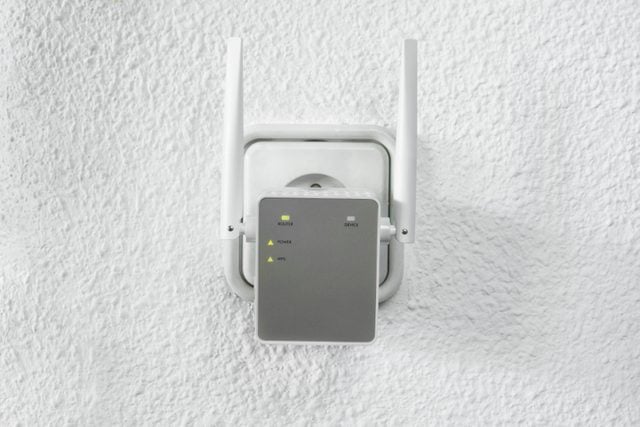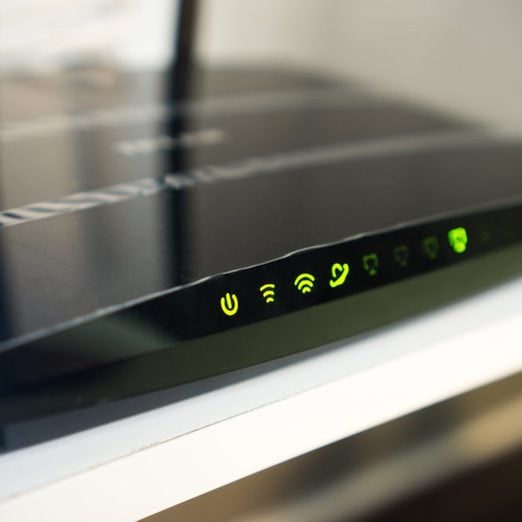How to Make Your Home WiFi Faster
Updated: Jul. 28, 2023
Boost your signal with these tips and upgrades.
Introduction
The age, placement and settings of your router are key to making your WiFi signal stronger. Here's how to make your router work better, and what to look for if you replace it.
Project step-by-step (5)
Routers and signal strength
If there’s a wireless (WiFi) router in your home, chances are you have areas with a strong signal and fast speeds, and others where you can’t connect to the Internet at all. This is especially true of large or sprawling homes. We’ll show you how to make WiFi faster in your home with a few small adjustments.
How to make WiFi signal stronger
You can fix some WiFi coverage and speed problems by tweaking router settings, relocating the router or adding an expander device. But if it’s an old router with outdated technology, you’re probably better off buying a new router. We’ll show you how to check your existing router to see if it’s up to speed. You don’t need any special tools, just the owner’s manual for your router. If you can’t find it, we’ll show you how to get it.
Is Your WiFi System Up to Date?
First, update the router’s “firmware” (the software that operates your router). Find the latest firmware on the manufacturer’s website. You can often solve connection and speed problems by simply installing the most recent firmware version. To learn how, see the instructions in your owner’s manual.
Change the Channel
Most modern routers are dual band, meaning they can handle WiFi networks on two channels, 2.4 GHz and 5GHz. Think of these channels like a two-way street. The more congested the street, the more things slow down. The same is true for WiFi channels. If your neighbors’ routers are on the same channel as yours, both can slow to a crawl. In that case, changing the channel may help.
If your dual band router was set up properly, it should be sending out networks on 2.4GHz and 5GHz channels. The 5GHz channel is less common, so it should be largely traffic free and much faster than 2.4GHz. Switch to the 5GHz and then test your internet speed to see if it increases at all.
Relocate the Router
If your router is in a corner room, you may improve speeds and coverage by moving it to a central location. Traversing layers of drywall, bricks or other materials can degrade the signal. Since rewiring is a lot of work, first try hooking it up with temporary wiring to see if it helps.
Disconnect the modem/router from its present location and run a longer ethernet cable to a central location in your home. Then connect the modem and router to the temporary cable and recheck signal strength in all rooms. Turn on the WiFi in your smartphone, tablet or laptop and move it from room to room, noting the number of WiFi bars (not cell phone bars).

Rebroadcast the Signal to Remote Rooms
Range extenders receive the signal from the router and rebroadcast it so you get coverage over a wider area. They’re available in different speeds and power ratings. Two examples are the NETGEAR EX6200 High Power Wi-Fi Range Extender and the NETGEAR EX6100 Wi-Fi Range Extender, both available through our affiliation with Amazon.
Install either a desktop or a wall plug-in range extender halfway between the WiFi router and the weak/dead area. Access the extender with your laptop and program it with your router password. Plug the extender into a standard receptacle and follow the programming instructions to make it work with your existing router.

